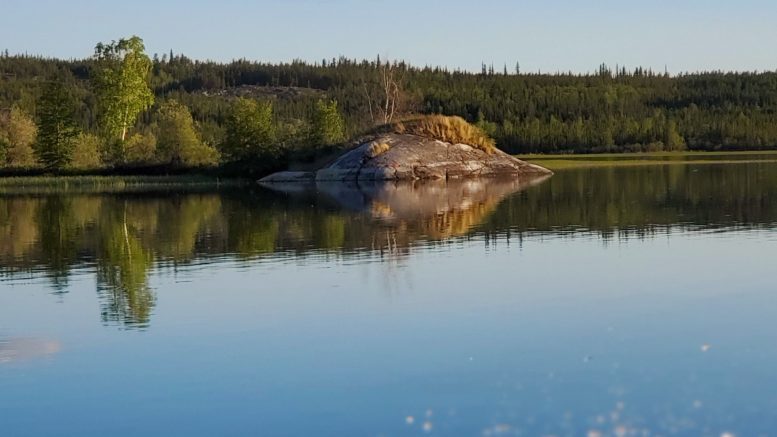Each year approximately 180 ships use the Northwest (Passage). As the Arctic warms, the Passage becomes a more viable option as shipping routes in other areas such as the Panama Canal or routes that are in war zones continue to cause delays for ships carrying goods around the planet.
When the traffic begins to increase in the Arctic, one area of concern is the use of heavy fuel oil (HFO) which is banned in the Antarctica but not in the Arctic. The International Maritime Organization has set the HFO ban in the Arctic for 2024 but even then, loopholes in the ban allow for ships to continue using heavy fuel oil until 2029. The low traffic in the Passage is of little concern right now but once the Passage remains open year-round we could see a high increase and along with it, ships that use HFO,
What is HFO? HFO has a tar-like consistency and has many different compounds two of which include sulphur and nitrogen. This combination makes the pollution that comes out of the smokestacks much dirtier which is why the industry started “cleaning” the with “scrubbers” The scrubbers are made up of chemicals that clean the air that comes out of the smokestack but those chemicals result in warm acidic water being flushed right into the ocean waters.
Because HFO is less expensive than other fuels Canada did not support the ban citing that Arctic communities and their economies would be impacted.
CKLB Radio reporter Brenda Norris spoke with Sigrid Kuehnemund, the vice president of WWF Canada’s Wildlife and Industry Program about heavy fuel oil and its continued polluting of Arctic Waters and what we can do about it.





